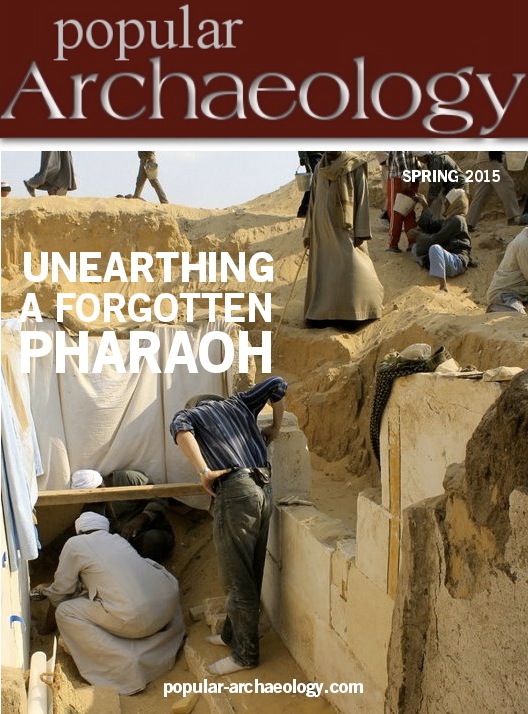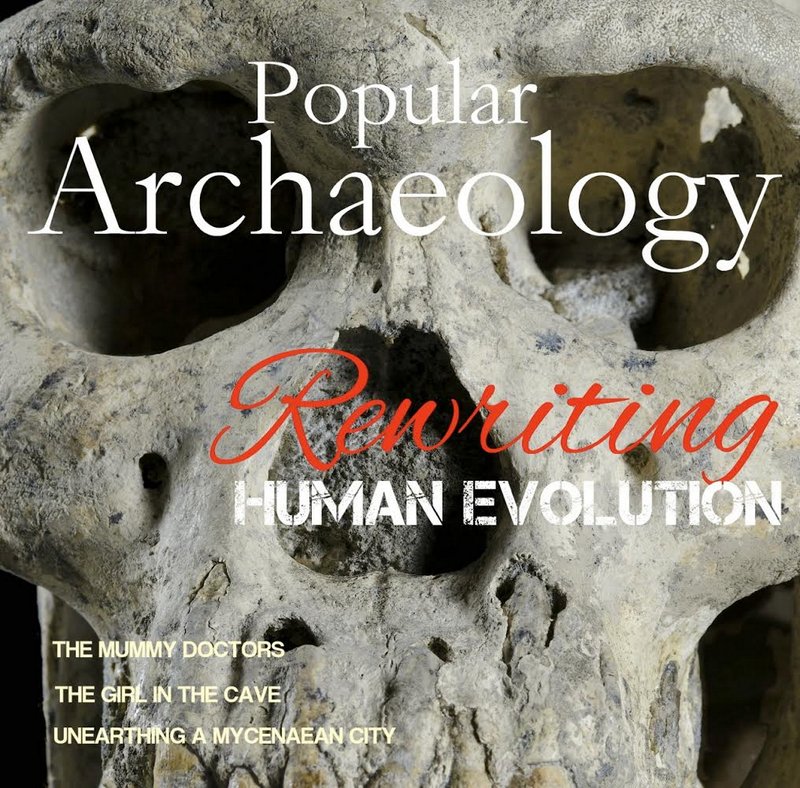
Modern scholarship on human evolution has generally accepted the suggestion that there were some key changes in the skeletal anatomy of early humans sometime between the two genuses, Australopithecus, and Homo. Australopithecus, the proto-human thought to be ancestral to the more direct human line of Homo, is considered to have featured more primitive, ape-like characteristics. Homo, by contrast, has been thought to feature new, derived characteristics approaching the morphology more typically associated with human-like physical traits.
But given the relative scarcity of early Homo fossil remains, comparatively less is known about the earliest Homo postcranial morphologies. A recent study by an international team of Homo fossil remains uncovered in Kenya, however, has provided a few more clues reflecting on the diversity and complexity of early Homo differentiation during the earliest periods of the emergence of humans from the still obscure primordial mix of a time when some species of Australopithecus are thought to have coexisted with their ‘more advanced’ Homo counterparts. The team examined a partial ilium (the uppermost and largest bone of the pelvis), and a femur (thigh bone) found at the famous hominin fossil site of Koobi Fora, Kenya, dating to 1.9 Ma (millions of years ago). They found that the specimens featured attributes commonly associated with the genus Homo. But they also found morphological characteristics not typically seen in eastern African early Homo erectus fossils: “The geometry of the femoral midshaft and contour of the pelvic inlet do not resemble that of any specimens attributed to H. erectus from eastern Africa,” summarized the study authors in their report, which will soon be published in the Journal of Human Evolution. “This new fossil confirms the presence of at least two postcranial morphotypes within early Homo, and documents diversity in postcranial morphology among early Homo species that may reflect underlying body form and/or adaptive differences.”*
Koobi Fora has long been known as a key region containing hominin fossils that have shed light on human evolution over the last 4.2 million years. It is described as a ridge or outcrop of Pliocene/Pleistocene sediments that preserve a prolific record of mammal fossils, including early hominin species. The ridge is being eroded into a badlands terrain by rivers draining into modern Lake Turkana. Anciently, Lake Turkana provided a good habitable lake environment for a variety of mammals, including early humans. In 1968, Richard Leakey, the son of famous paleoanthropologist Louis Leakey and Mary Leakey, established the Koobi Fora Base Camp, a field center for hominin studies, at Lake Turkana.
_______________________________________
 The Koobi Fora field center near Lake Turkana, Kenya. Maina Kiarie, Wikimedia Commons
The Koobi Fora field center near Lake Turkana, Kenya. Maina Kiarie, Wikimedia Commons
_______________________________________
*Carol V. Ward, et al., Associated ilium and femur from Koobi Fora, Kenya, and postcranial diversity in early Homo, doi:10.1016/j.jhevol.2015.01.005
____________________________________________________
 Read about the most fascinating discoveries with a super-saver subscription to Popular Archaeology Magazine. Find out what Popular Archaeology Magazine is all about.
Read about the most fascinating discoveries with a super-saver subscription to Popular Archaeology Magazine. Find out what Popular Archaeology Magazine is all about.
Recently released!
A special new premium quality print edition of Popular Archaeology Magazine. A beautiful volume for the coffee table.
Travel and learn with Far Horizons.
____________________________________________
 Popular Archaeology’s annual Discovery Edition eBook is a selection of the best stories published in Popular Archaeology Magazine in past issues, with an emphasis on some of the most significant, groundbreaking, or fascinating discoveries in the fields of archaeology and paleoanthropology and related fields. At least some of the articles have been updated or revised specifically for the Discovery edition. We can confidently say that there is no other single issue of an archaeology-related magazine, paper print or online, that contains as much major feature article content as this one. The latest issue, volume 2, has just been released. Go to the Discovery edition page for more information.
Popular Archaeology’s annual Discovery Edition eBook is a selection of the best stories published in Popular Archaeology Magazine in past issues, with an emphasis on some of the most significant, groundbreaking, or fascinating discoveries in the fields of archaeology and paleoanthropology and related fields. At least some of the articles have been updated or revised specifically for the Discovery edition. We can confidently say that there is no other single issue of an archaeology-related magazine, paper print or online, that contains as much major feature article content as this one. The latest issue, volume 2, has just been released. Go to the Discovery edition page for more information.







